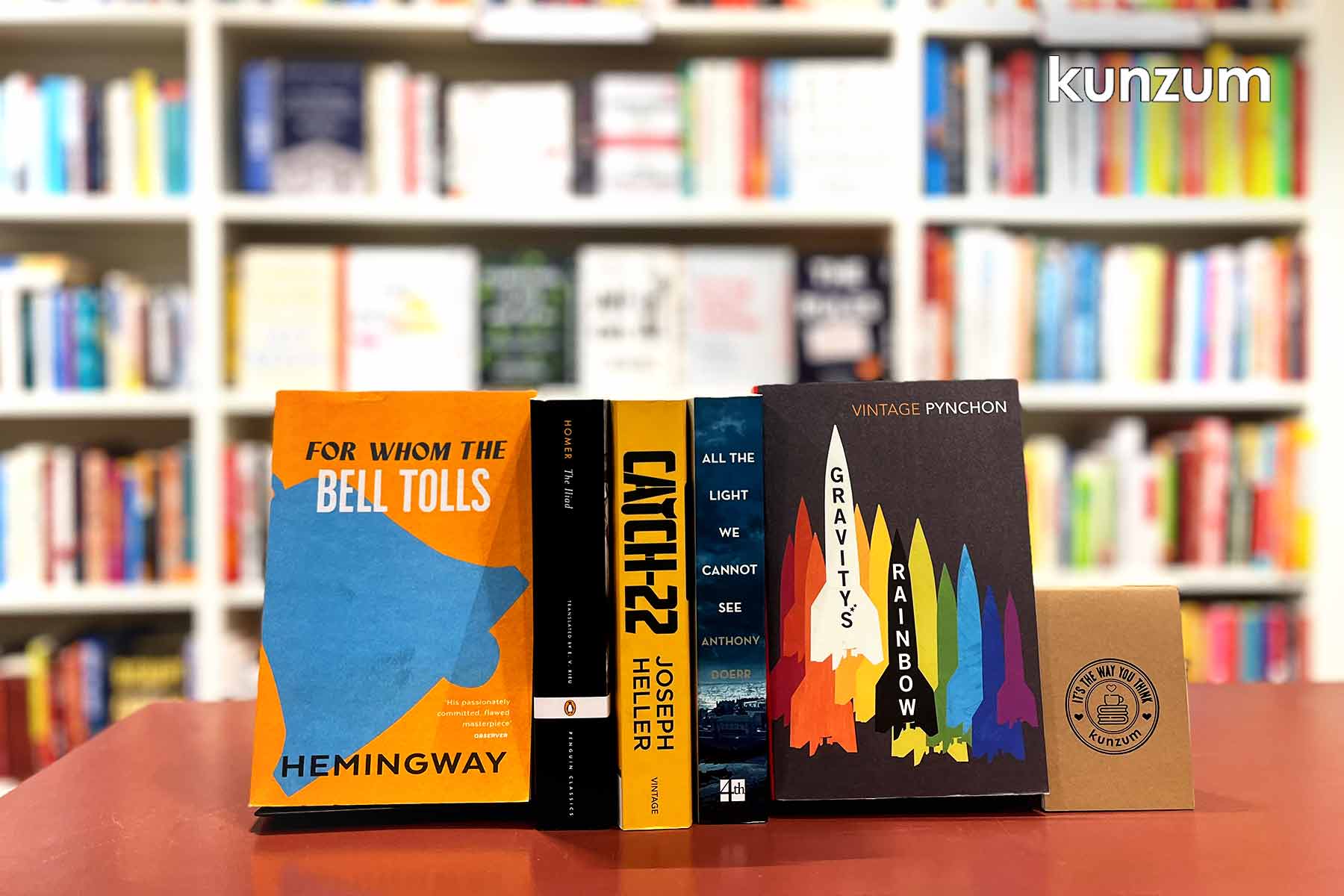
From the booming clang of bronze on the Trojan battlefield to the scorched earth of the Biafran conflict, war has left an indelible mark on human history. Throughout the ages, literature has served as a powerful medium to capture its complexities. This expansive reading list delves into war’s many faces, encompassing timeless classics like Ernest Hemingway’s poignant “For Whom the Bell Tolls” and epic poems like Homer’s “Iliad” and Ferdowsi’s “Shahnameh”, as well as more recent works, such as Chimamanda Ngozi Adichie’s “Half of a Yellow Sun”. This is a comprehensive guide designed to take you on a journey through war’s vast landscape, from the myths of ancient Greece to the raw realities of 20th-century Africa.
So, prepare to be transported across time and geography as we explore the enduring power of war literature.
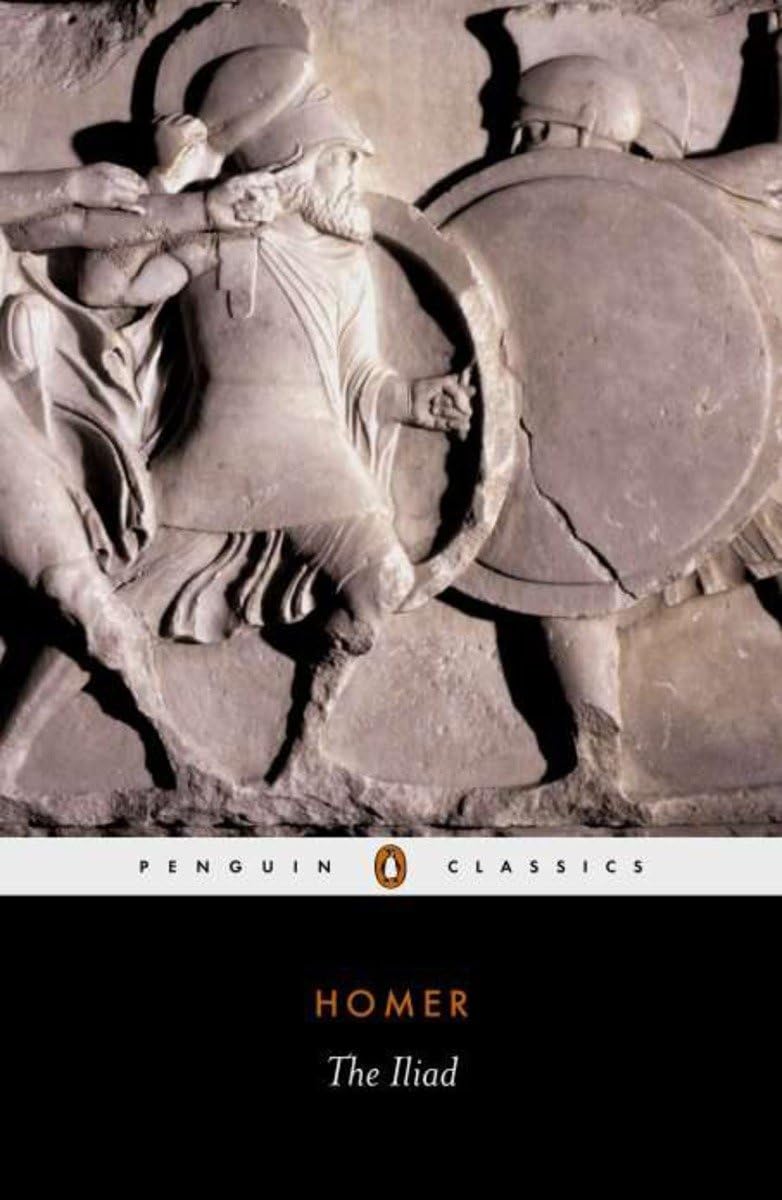
The Iliad by Homer
The Iliad, an epic poem by Homer, plunges us into the Trojan War’s final throes. It centres on Achilles, a powerful Greek warrior enraged by a stolen prize. His wrath unleashes devastating battles and the deaths of countless heroes, including Hector, Troy’s champion. The Iliad stands as a cornerstone of war literature. Its vivid descriptions of combat, the human cost of conflict, and the enduring power of glory continue to resonate with readers today.
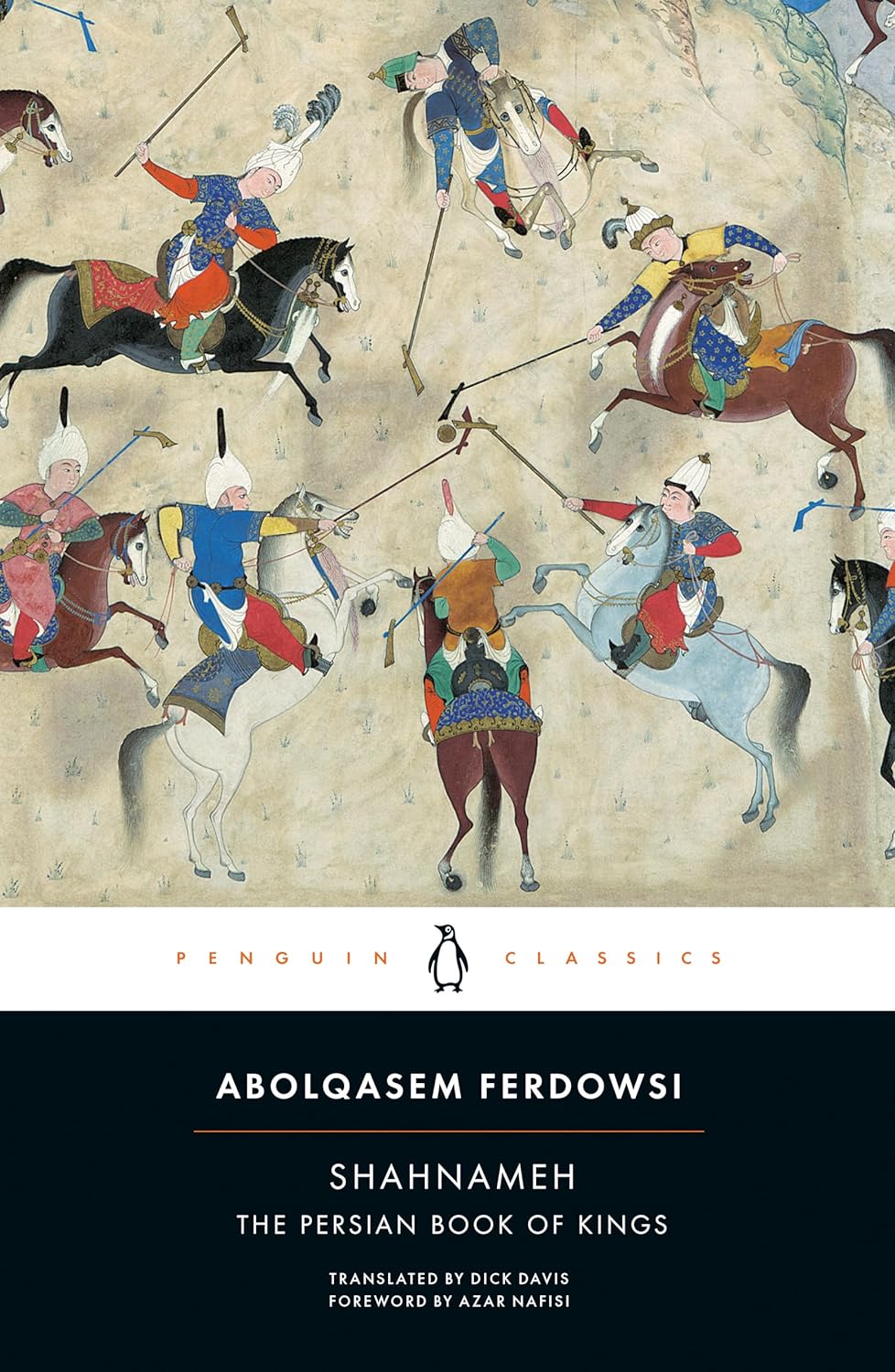
The Shahnameh by Ferdowsi
The Shahnameh, a towering Persian epic poem by Ferdowsi, chronicles Iran’s history from creation to the 7th century Arab conquest. Spanning over 50,000 verses, it weaves myth and legend with historical figures. While rich in themes, the Shahnameh is a cornerstone of war literature. Ferdowsi’s heroes, like the mighty Rostam, embody courage and chivalry on the battlefield. Their epic clashes and strategies offer a captivating glimpse into warfare throughout Persian history.
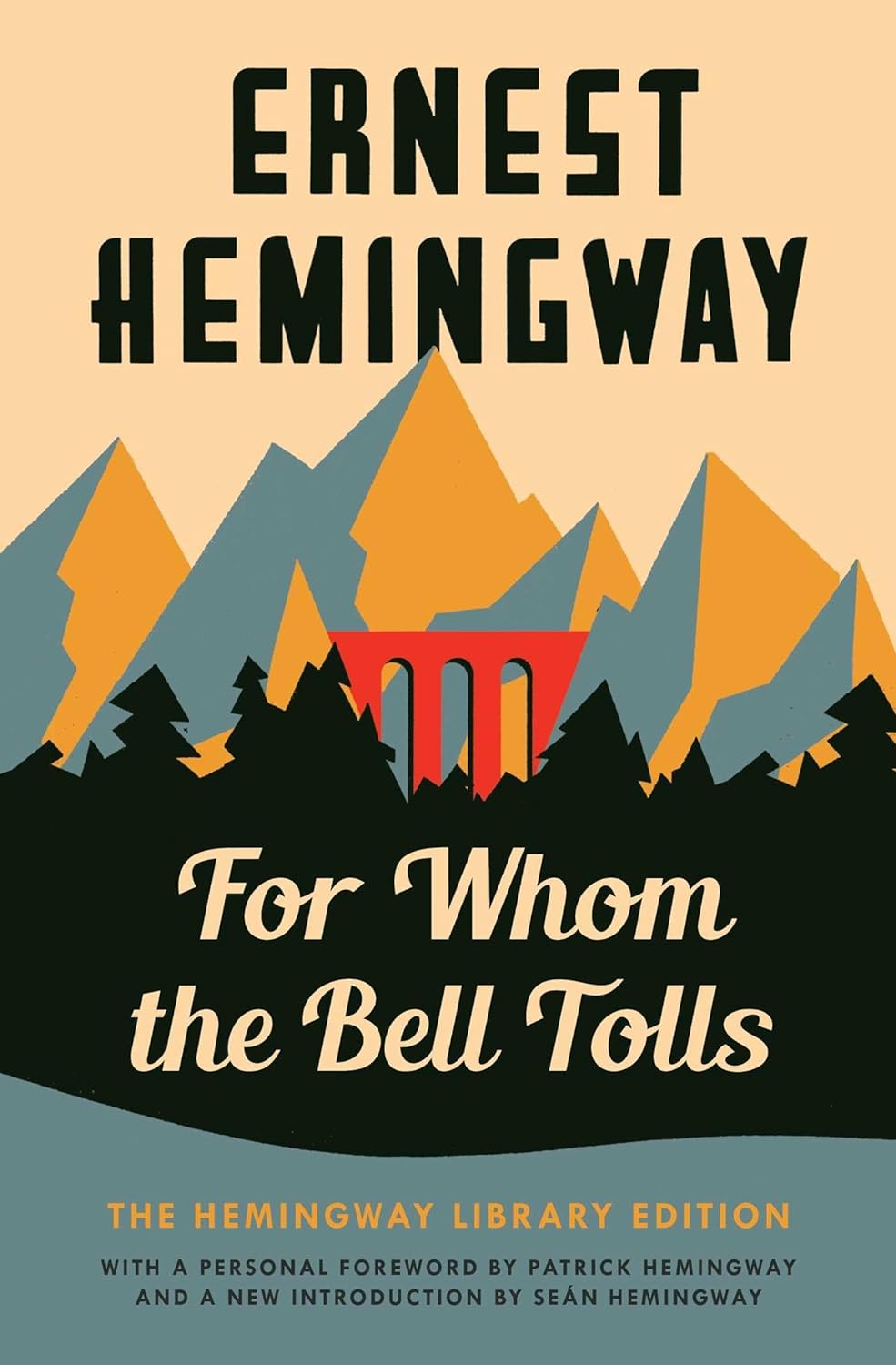
From Whom the Bell Tolls by Ernest Hemingway
Ernest Hemingway’s “For Whom the Bell Tolls” plunges us into the Spanish Civil War. Robert Jordan, an American volunteer, joins a ragtag guerrilla band behind enemy lines. Their mission: blow up a bridge to cripple a Fascist attack. Over 72 hours, Jordan grapples with love for a young woman, Maria, and the harsh realities of guerilla warfare. The novel’s stark beauty and unflinching portrayal of war’s brutality made it a powerful anti-war statement, solidifying Hemingway’s place as a master of war literature.
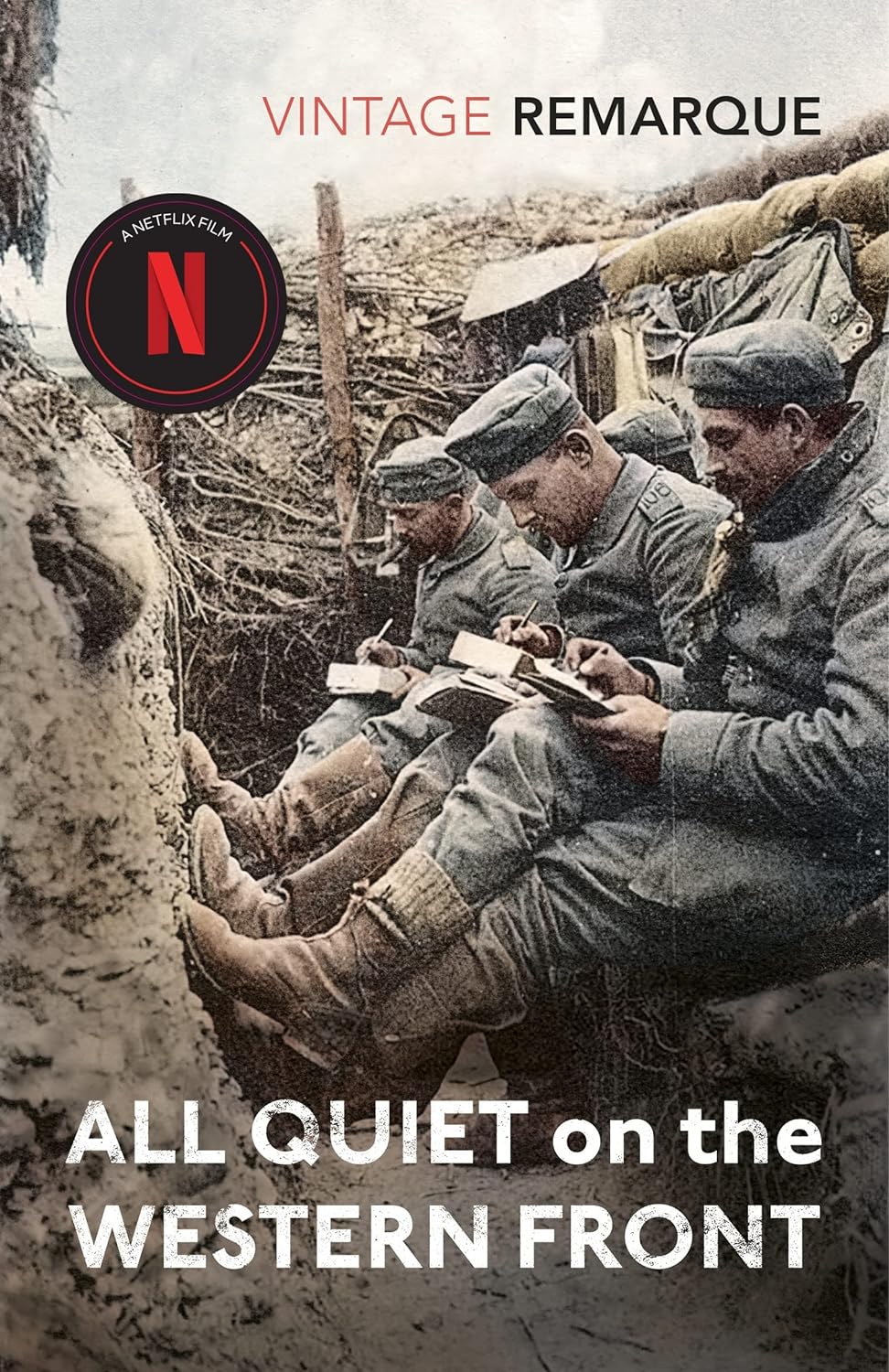
All Quiet on the Western Front by Erich Maria Remarque
All Quiet on the Western Front, by Erich Maria Remarque, dives into World War I through the eyes of young German soldier Paul Bäumer. Witnessing the physical and mental toll of war, Paul and his comrades lose their youthful innocence. The novel’s stark portrayal of trench warfare and its lasting impact on a generation is a powerful indictment of war’s brutality. Its unflinching honesty makes All Quiet on the Western Front a landmark war narrative.

All the Light We Cannot See by Anthony Doerr
Anthony Doerr’s “All the Light We Cannot See” weaves a poignant tale of resilience during WWII. Marie-Laure, a blind Parisian girl, and Werner, a gifted German boy forced into the Hitler Youth, navigate war’s devastation. Their paths intertwine as Marie-Laure flees with her father and a precious secret, while Werner uses his skills to track resistance fighters. Despite their opposing sides, Doerr paints a vivid picture of humanity amidst the brutality, reminding us of the enduring power of compassion in the face of darkness.
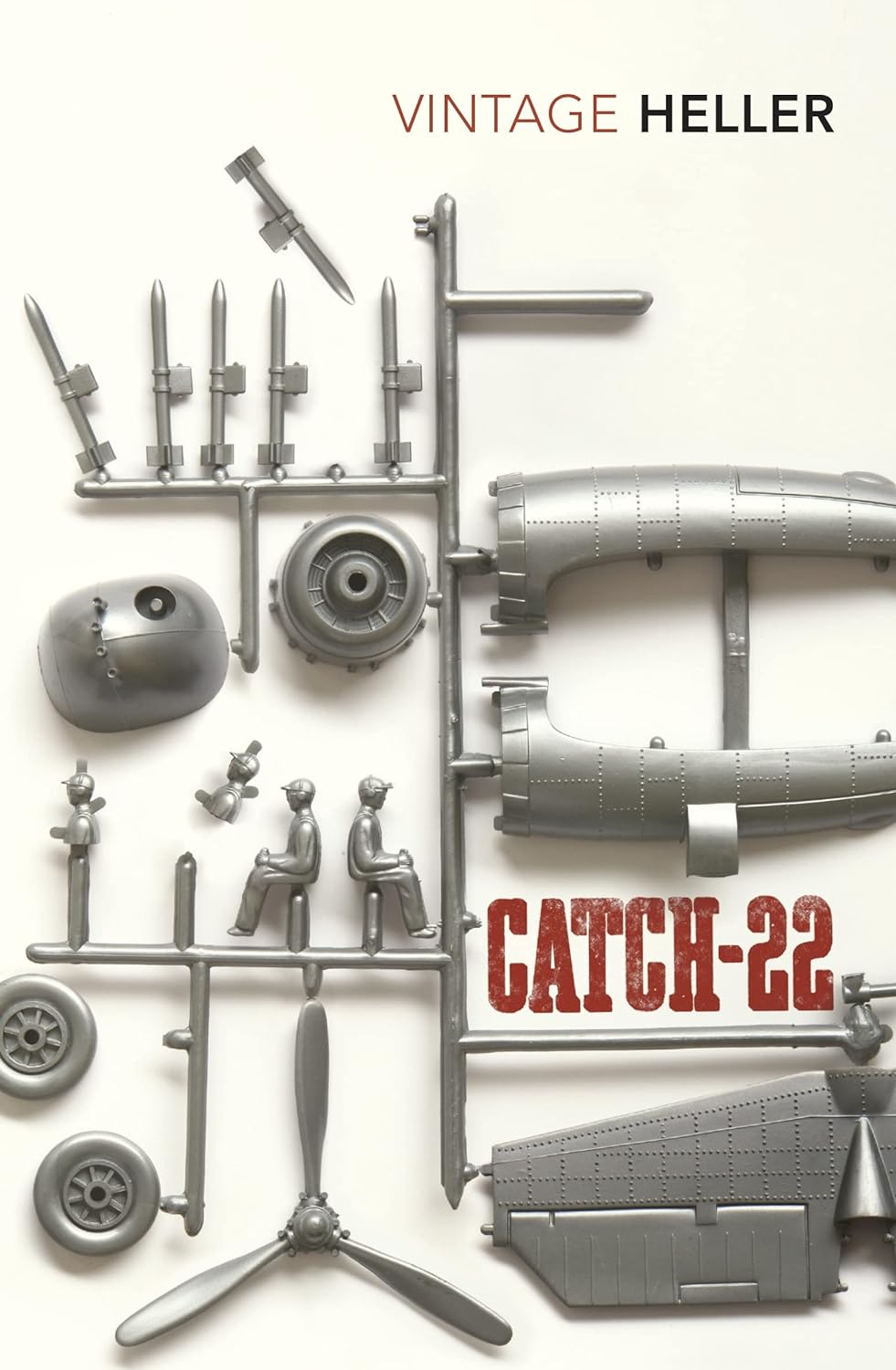
Catch 22 by Joseph Heller
Catch-22, a satirical war novel by Joseph Heller, follows Captain John Yossarian, a bombardier desperate to avoid deadly missions. The nonsensical “Catch-22” rule traps Yossarian: wanting to avoid death proves sanity, disqualifying him from discharge. Heller’s dark humour exposes the absurdity of war bureaucracy and the psychological toll it takes on soldiers. This novel’s importance lies in its unflinching portrayal of war’s chaos and the plight of those caught in its illogic, making it a landmark of anti-war literature.
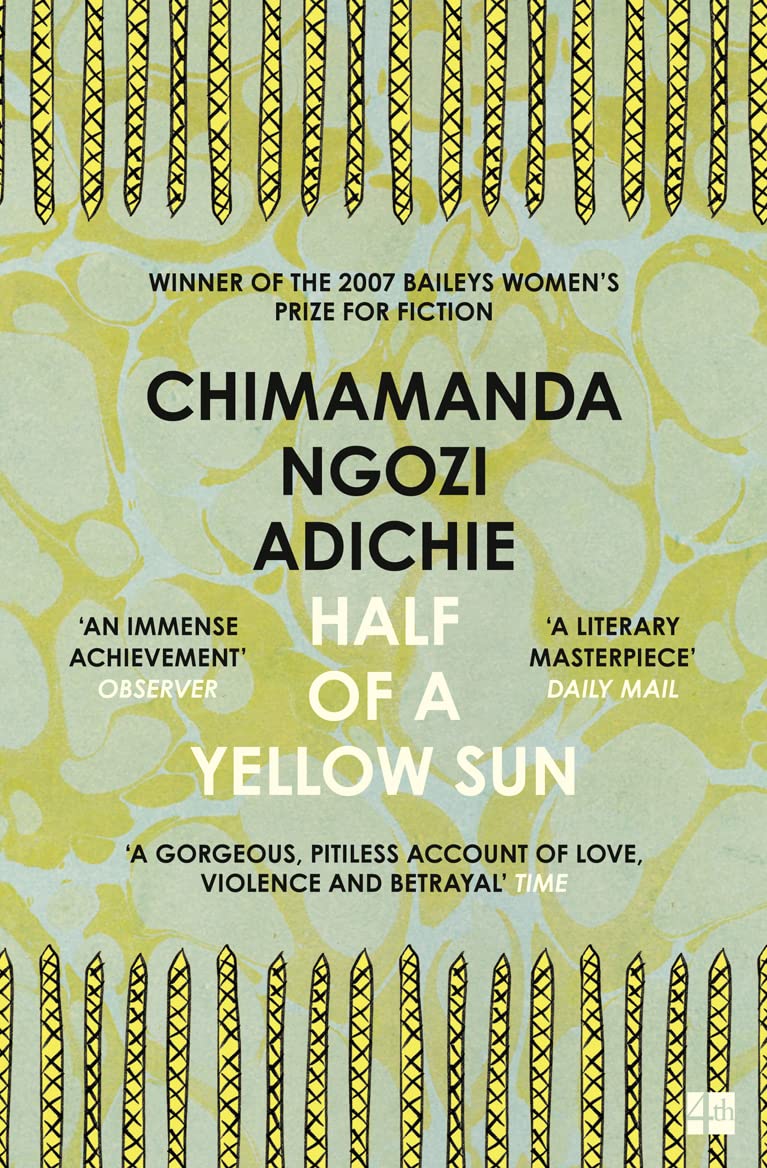
Half of a Yellow Sun by Chimamanda Ngozi Adichie
Adichie’s “Half of a Yellow Sun ” weaves a powerful story of the Nigerian Civil War through the lives of intertwined characters. Olanna, a passionate woman, and Ugwu, a young houseboy, navigate love and loss as their world explodes with the fight for Biafran independence. The novel doesn’t shy away from the war’s brutality, portraying the human cost of conflict and the shattering of innocence. “Half of a Yellow Sun” stands as a crucial war narrative, offering a deeply personal lens into a historical event that continues to resonate.
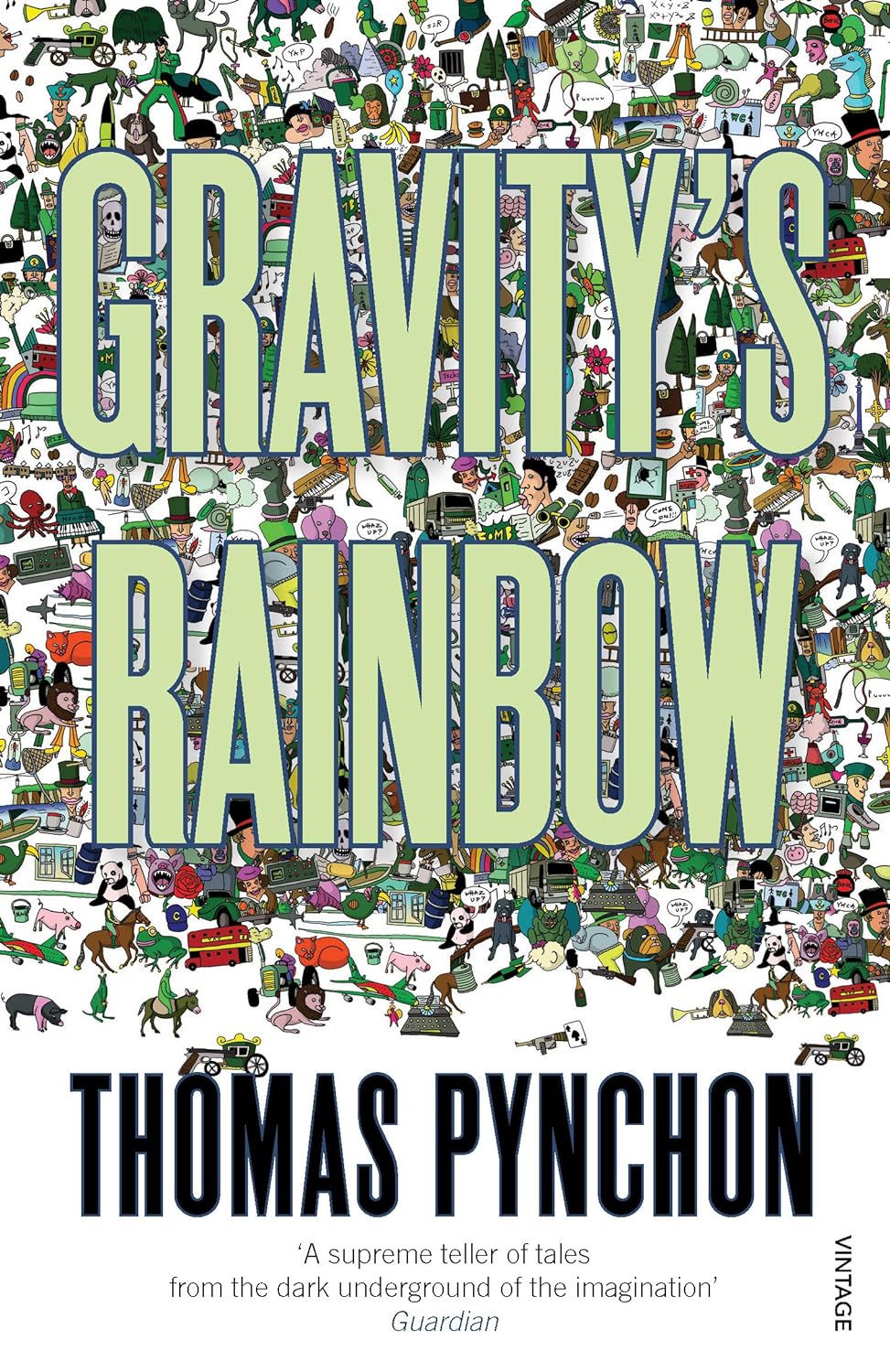
Gravity’s Rainbow by Thomas Pynchon
Pynchon’s Gravity’s Rainbow isn’t your typical war story. Set against the backdrop of WWII’s final days, it weaves a dark, satirical tale centred on the V-2 rockets and a mysterious device called the Schwarzgerät (German for “black device”). Lieutenant Slothrop, with an erection inexplicably linked to rocket strikes, becomes entangled in a bizarre quest. The novel explodes the traditional war narrative, delving into the psychological impact, technological anxieties, and the sheer inhumanity of modern warfare.
Pick up any one of these 8 Stirring War Narratives from any Kunzum store or WhatsApp +91.8800200280 to order. Buy the book(s) and the coffee’s on us.
